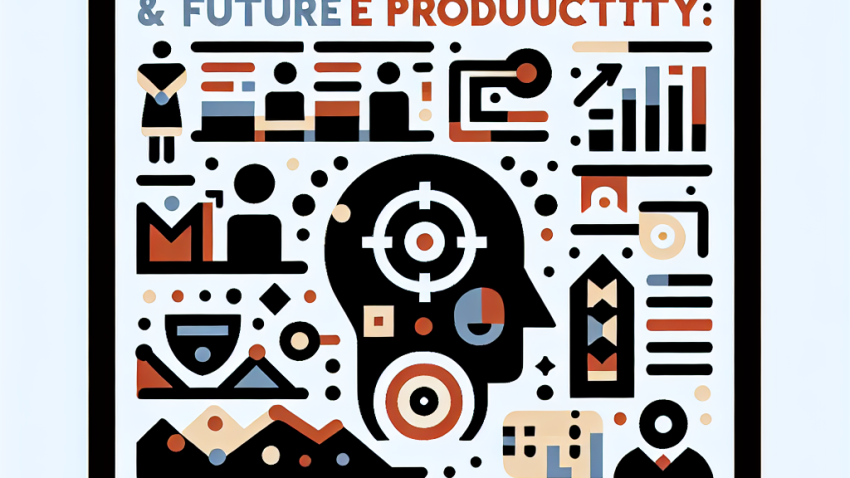
Labour Markets, AI and Future Productivity: Are Economists Ready?
Decoding the Global Recession Rhetoric: Are We Actually in One?
Ah, the word “recession”—that ominous term journalists love to dangle like a Damoclean sword over economic headlines. But are we truly caught in a backdrop of decline, or is much of the noise just that—noise? As a seasoned observer of global markets and a lifelong advocate of macroeconomic clarity, let me, Dr. Alistair P. Whitmore, guide you through the titanic waves of speculation with a pipe in one hand, and empirical evidence in the other.
What Exactly Constitutes a Recession?
Let’s begin with the basics. A recession is traditionally defined as two consecutive quarters of negative GDP growth. However, the reality is not so cut and dry. The National Bureau of Economic Research (NBER) in the United States, which is widely respected for its economic dating, uses a more nuanced definition that includes:
- A significant decline in economic activity
- Lasting more than a few months
- Impacting real GDP, income, employment, industrial production, and wholesale-retail sales
In short, if your neighbor just lost his job, that’s not a recession. But if entire industries start retrenching, real wages shrink, and consumer spending falls off a cliff—you can start sounding the alarms.
Global Indicators: A Symphonic Dissonance
Let’s look beyond the borders, shall we? The global economy is notoriously asynchronous. While Germany’s industrial output faltered in early 2023, India’s services sector witnessed historic highs. In late 2022, China’s zero-COVID policy weighed heavy on supply chains, but simultaneously, US consumer spending reached levels seen only in pre-pandemic times.
United States: A Tale of Mixed Signals
As of Q1 2024, the U.S. GDP is projected to grow at a humble yet positive pace of around 1.4% annually. Unemployment hovers near historic lows at 3.6%, but cracks are forming. Consumer credit card delinquencies have surged, leading some economists to raise concerns over household solvency. Manufacturing has shown contractionary signs for seven consecutive months according to the ISM index—but the robust tech and service sectors continue their bullish stride.
Europe: A More Textbook Slump?
Germany, traditionally the locomotive of the European Union, entered a shallow recession at the tail end of 2023. Energy costs remain volatile, and inflation—although eased—is far from the ECB’s comfort zone. The UK grapples with stagnation, Brexit aftershocks, and a declining productivity rate. Yet despite all this gloom, tourism-generated revenues in Spain and Italy surpassed pre-pandemic levels, adding an odd splash of optimism to an otherwise grey canvas.
Asia: Between Hope and Hesitation
China’s economy has not rebounded in the vigorous fashion some analysts predicted after lifting COVID restrictions. Youth unemployment remains a troubling figure—hovering over 20%—and the real estate sector still wheezes under the weight of default concerns. Conversely, India continues its breakout as a global manufacturing and IT hub, with GDP growth projected at 6.5% for 2024. Japan’s return to inflation after decades of stagnation is something their central bankers are still scratching their heads about—perhaps over a cup of green tea and existential dread.
Is Global Stagflation on the Horizon?
The term stagflation combines stagnation and inflation—a frightful duo last witnessed in the 1970s. Could we see its resurgence? Energy prices remain unpredictable due to geopolitical tensions, and central banks walk a tightrope between combating inflation and not stifling growth. While global inflation has moderated since the 2022 highs, the specter of sticky prices remains—especially in food, housing, and services.
Historically, stagflation is rare and often policy-induced. Interest rates across most central banks have reached multi-decade highs. Should rates remain elevated for too long, the drag on investment and spending could be substantial.
What Are Market Participants Betting On?
Let’s listen to the money—the true polygraph of the financial world. Bond markets have begun pricing in rate cuts for the latter half of 2024, anticipating that the tightening cycle from central banks may come to a close. The yield curve in the U.S., an often accurate recession predictor when inverted, has remained upside down since mid-2022. Investors appear divided: while equity markets show renewed zest, safe-haven assets like gold and U.S. Treasuries continue to see strong inflows.
Sentiment and Speculation
According to the latest Global Fund Manager Survey by Bank of America, more than 65% of respondents expect a “soft landing” scenario—moderate slowdown, no deep recession. However, that still leaves a third anticipating either stagflation or full-blown contraction. So much for consensus.
Dr. Whitmore’s Bottom Line: Are We in a Recession?
Here’s the inconvenient truth: the answer depends on whom you ask—and where they are standing.
- If you’re in real estate finance, the recession may feel like it’s already here. Transaction volumes are down sharply, and defaults are ticking up in some regions.
- If you’re a software engineer in Silicon Valley, you might be enjoying stock options, a resilient job market, and a frothy IPO calendar—hardly recession territory.
- If you run a small business in London, constantly battling rising energy costs and a staff shortage, there’s little doubt: this feels like a tough economic climate.
In other words, there is no one-size-fits-all answer. The global economy is not a single orchestra playing in harmony—it’s a cacophony of instruments, each in its own key and tempo. Some sections are clearly offbeat; others are improvising their way through the score.
What You Can Do as an Informed Investor
Rather than panic—or blindly trust sensational headlines—consider the following:
- Diversify your portfolio: Spread exposure across asset classes and geographies.
- Maintain liquidity: Recessions amplify the need for liquidity. Keep an emergency fund.
- Stay informed, not alarmed: Follow reliable economic sources and filter out doom-laden speculation.
- Look at long-term fundamentals: Markets fluctuate, but value endures.
In this ever-churning sea of macroeconomic uncertainty, clarity is your compass. And a good compass never panics—it pivots with precision.
Need Further Guidance?
Feel free to reach out via our contact page, or learn more about our mission and team on our About Us page. Keep the questions flowing—after all, even the world’s steadiest economies thrive on informed dialogue.
Until next time, keep your mind sharp, your portfolios versatile, and your spirits thoroughly caffeinated.
—Dr. Alistair P. Whitmore


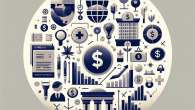
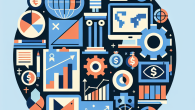
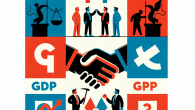



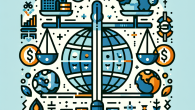
Leave a Reply